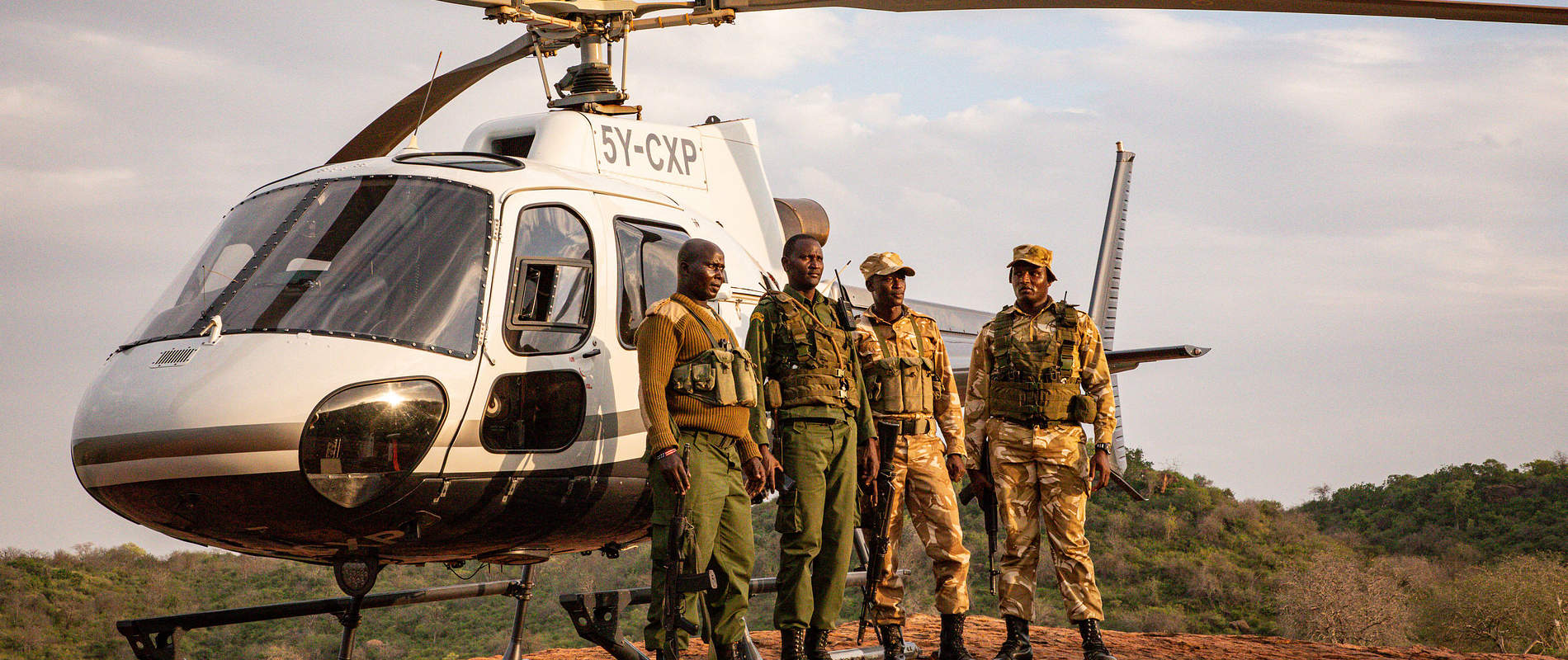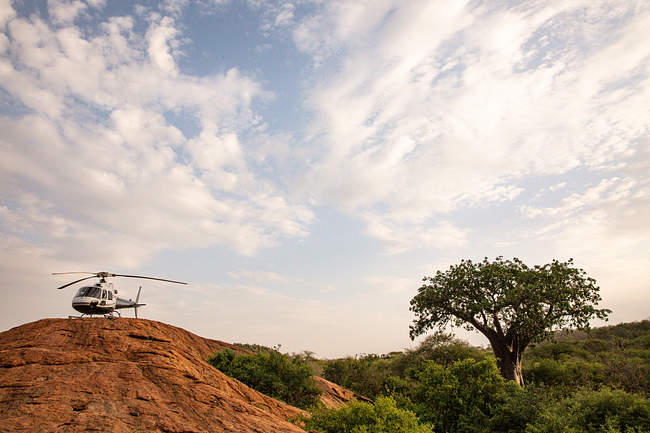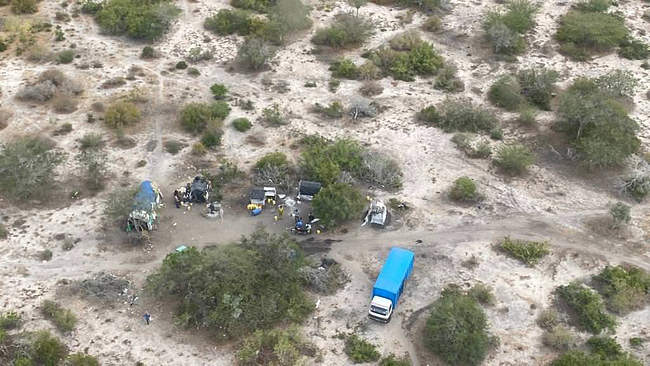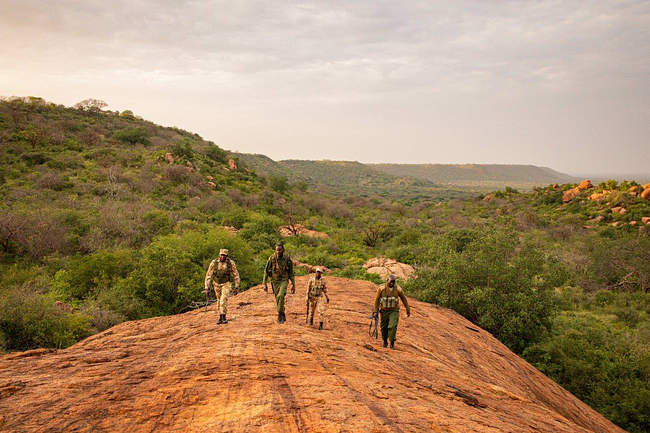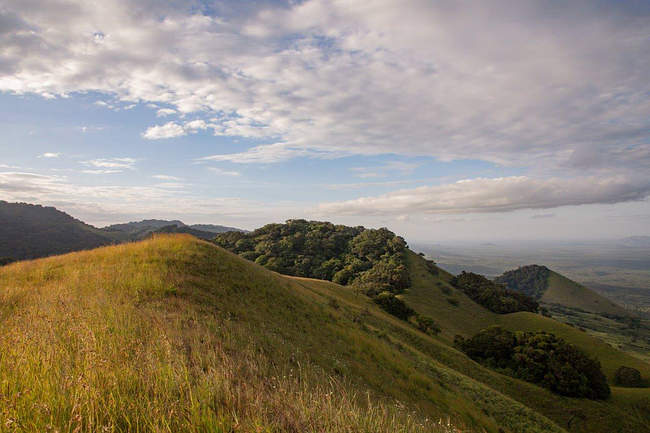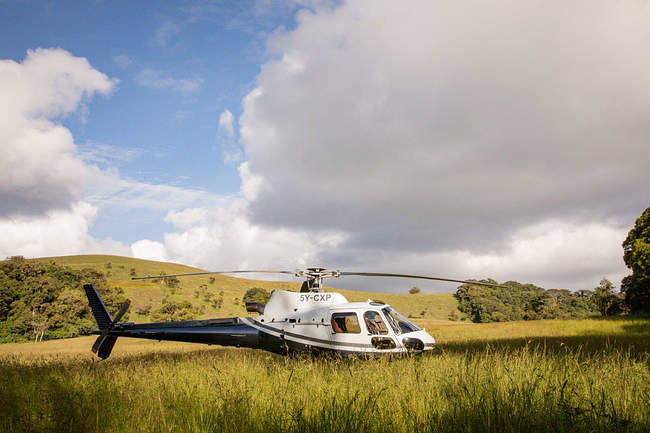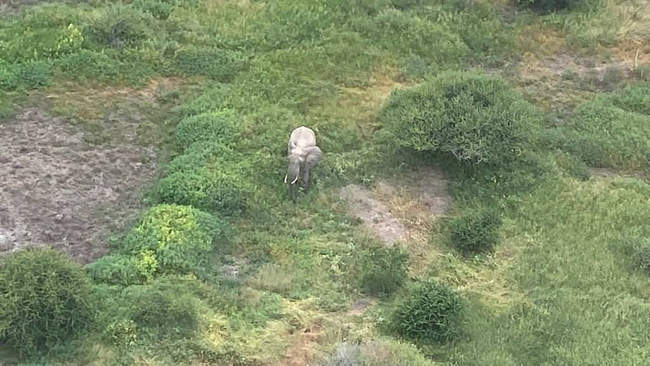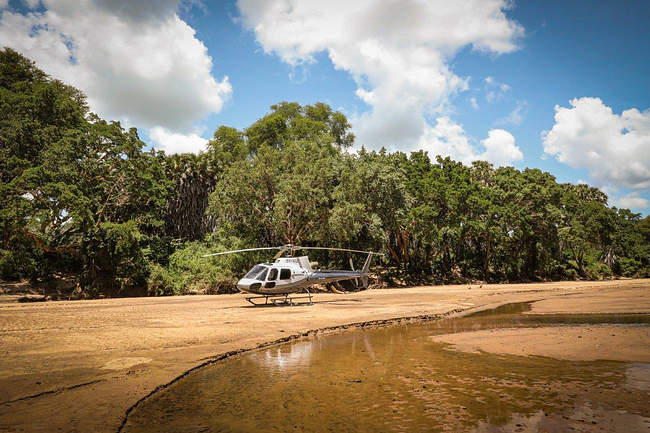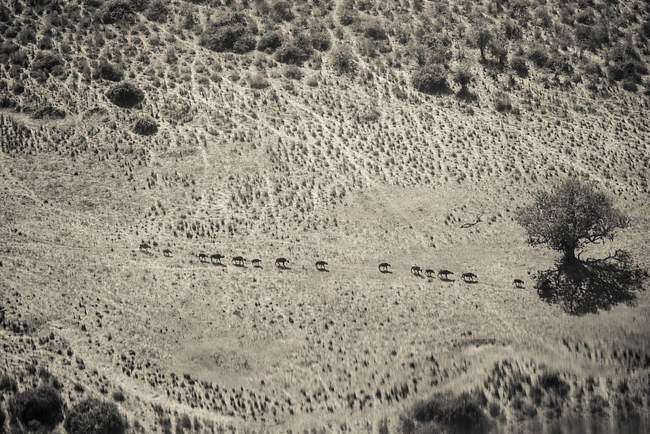Livestock was once again a major theme in January, with extensive time dedicated by both our fixed-wing aircraft and helicopters to livestock related operations. In the north of Tsavo East National Park, the SWT supported two major operations undertaken by the KWS to drive livestock out of the Tsavo National Parks.
In both operations, fixed-wing aircraft were used to locate livestock and enclosures in protected areas, with coordinates passed to KWS to enable their ground teams to drive the livestock out the the National Park. Persistent efforts between the SWT Airwing and KWS ground teams were successful in removing the majority of livestock from the area north of the Maktau-Taveta Road, but to the south, there was a large influx of cattle, which remained throughout the month. Large numbers of cattle were also observed in Tsavo West National Park.
Evidence of poaching activity was sighted within Tsavo East NP, as well as outside the Park boundary and on neighbouring ranches. Inside the National Park recent and old poaching harbours (hide-outs) were discovered during helicopter patrols, one of which contained a stash of water and a club; used during nighttime lamping: A poacher will use a powerful torch to dazzle and disorientate an animal, before rushing in with the club! One of the major benefits of our helicopters is the ability to land in most locations, without need of an airstrip, allowing sighted harbours to be quickly investigated. The helicopters also enable us to put down at strategic points, such as waterholes, which often turn up signs of human activity.

Teams recover ivory from an elephant suspected to have died of natural causes
No veterinary cases were attended to by the Aerial Unit in January and 3 elephant carcasses were discovered, all with tusks intact and presumed to have died of natural causes - two adults and one juvenile.
Charcoal burning was observed in Chyulu hills (1 kiln and several cut trees), Kishushe Ranch (4 kilns), Tsavo East near Ngiluni (1 kiln), Namanga (large, industrial scale charcoal production), and Galana Ranch (large scale activity). On Galana Ranch, the SWT has been focusing primarily on addressing bushmeat poaching, which often takes place alongside charcoal burning operations.
Human-Wildlife Conflict (HWC) callouts and observations were relatively few in January. Along the border of Tsavo East, we responded to a request to help move 5 bull elephants back into the Park, after they'd wandered into community lands. To the northwest, in Kajiado County, one of our fixed-wing aircraft assisted KWS in searching for herds of elephants deep in community areas, which KWS was under pressure from the public to remove.
Sightings highlights in January included a number of lion (including one pride of 16), leopard and rhino, as well as a pair of honey badgers, and a striped hyena. Among the rhino spotted was a rhino named "Christmas" with a newborn calf, her first: A real treat for our pilots, who have watched Christmas grow up from being a calf herself.
